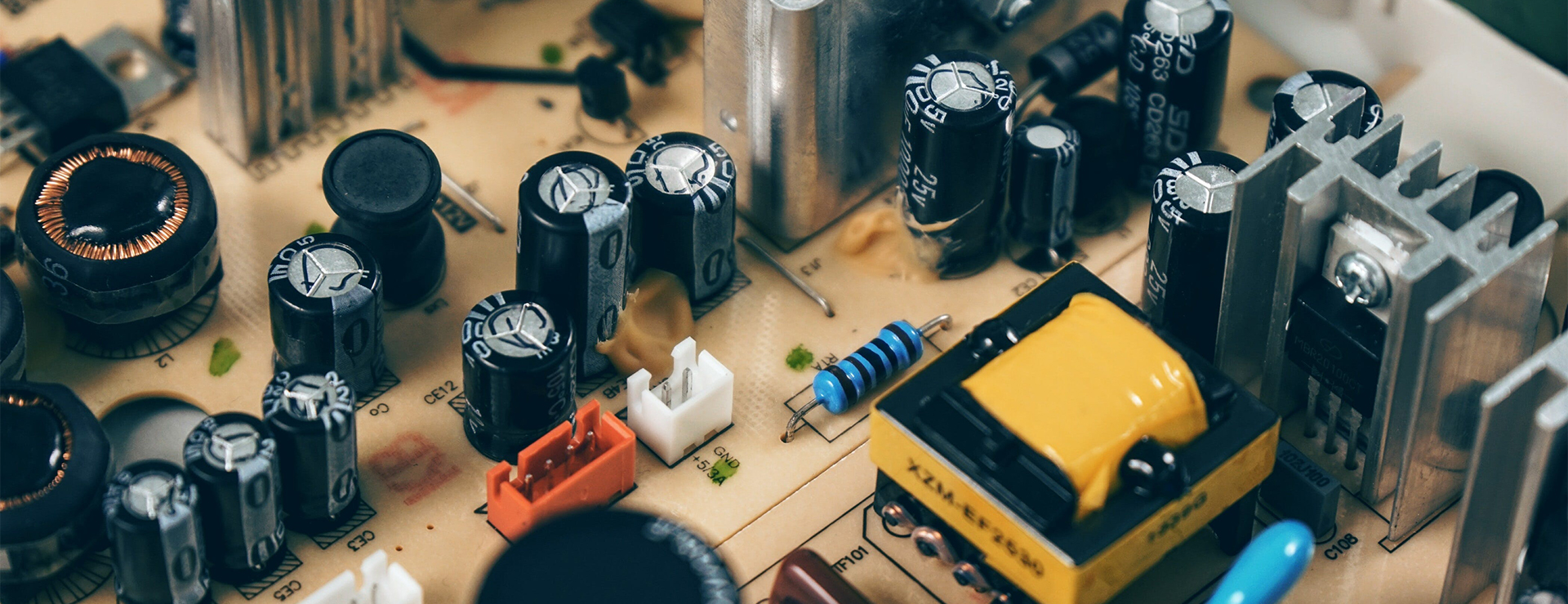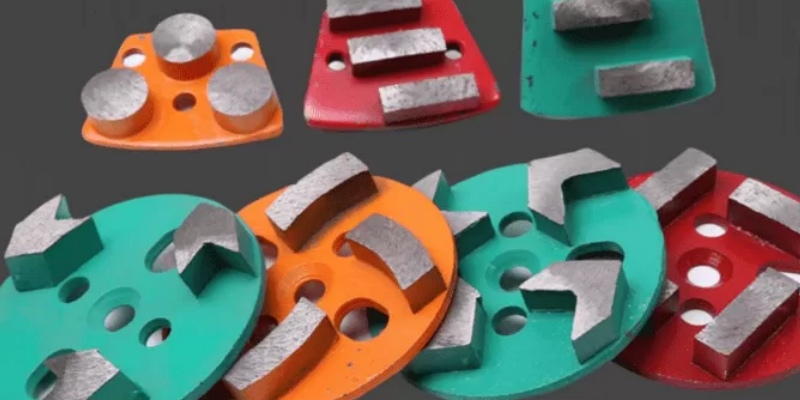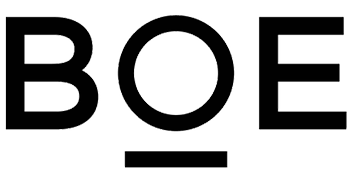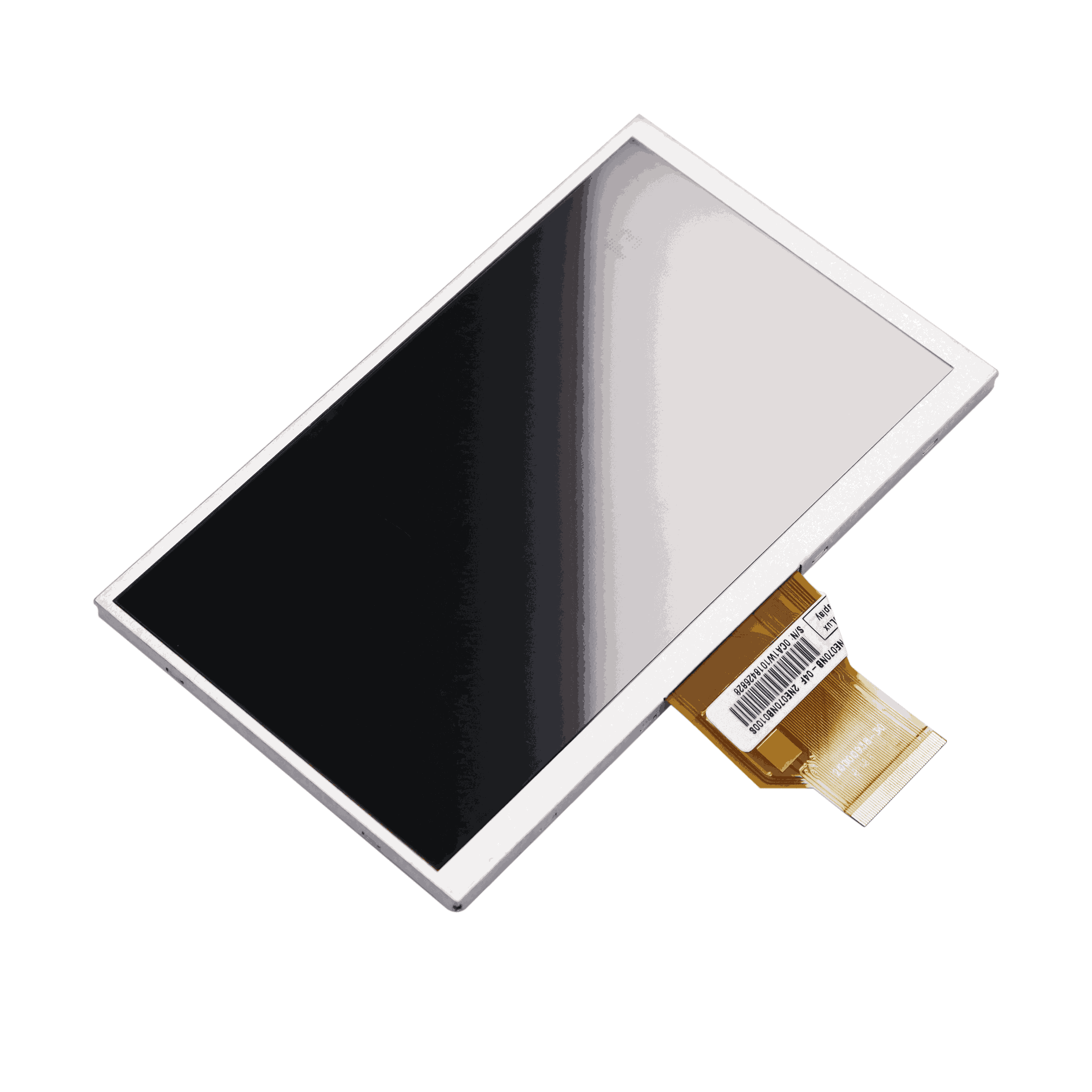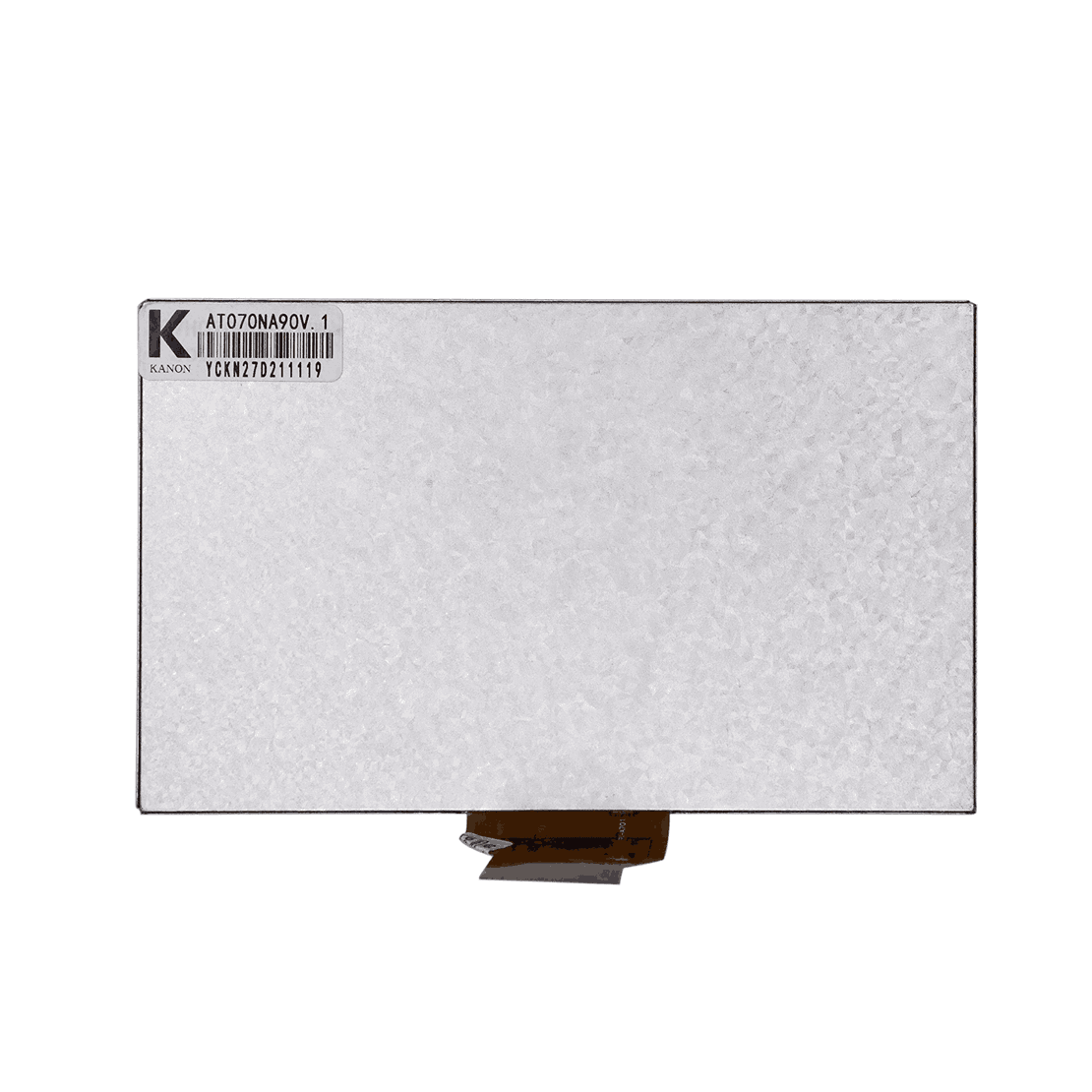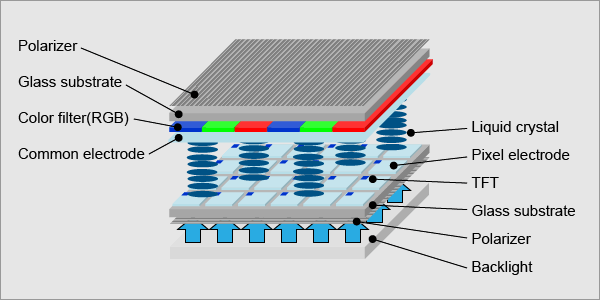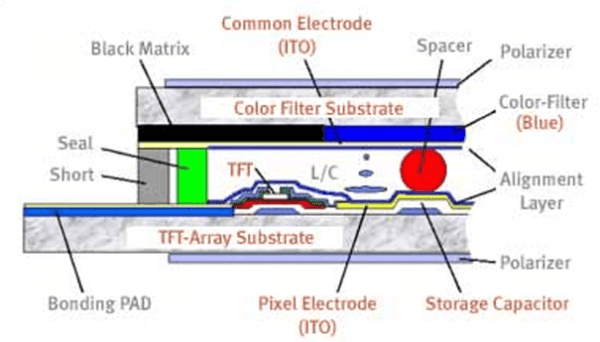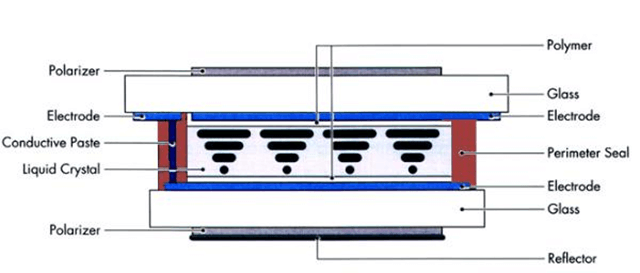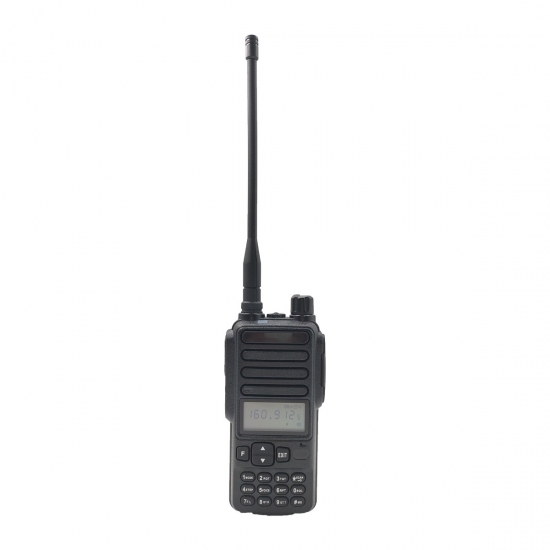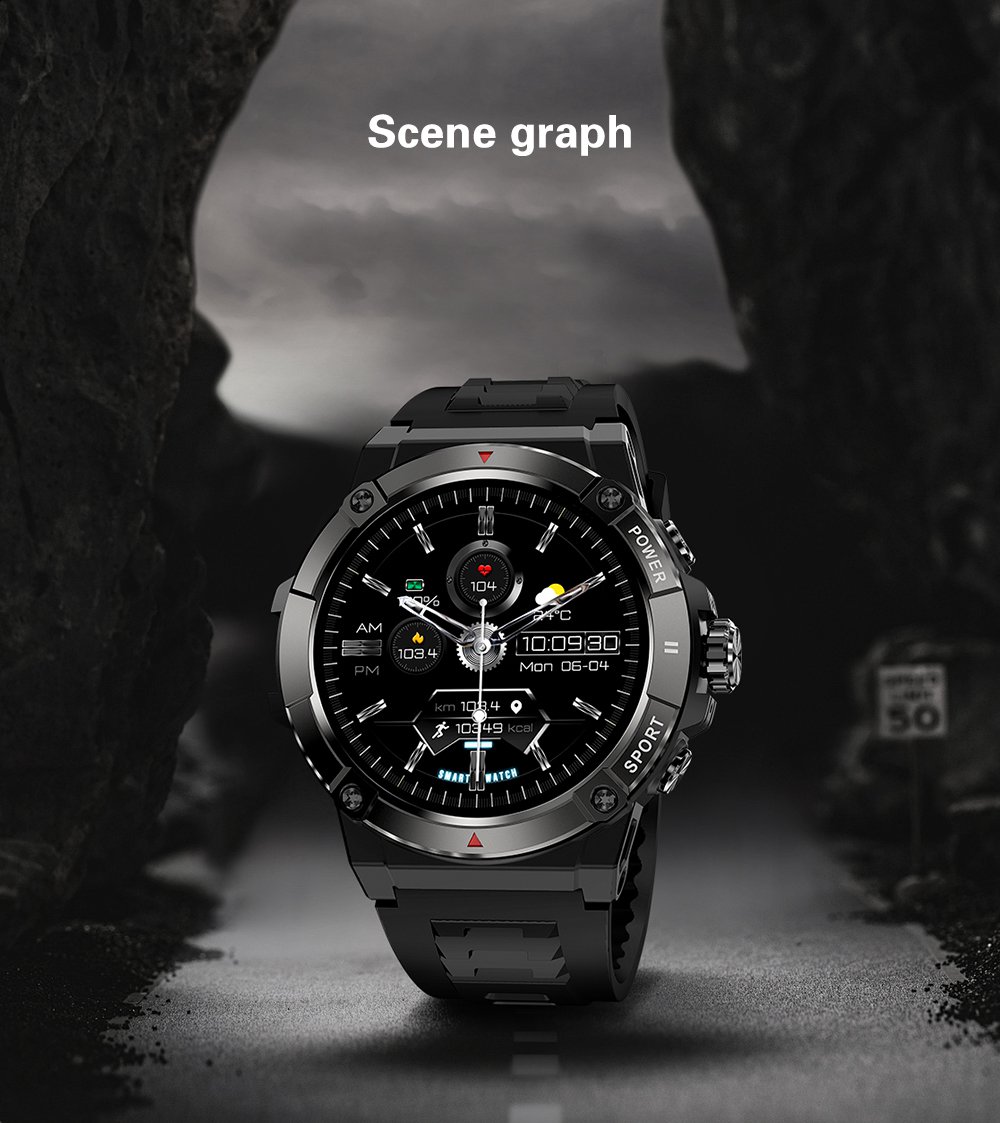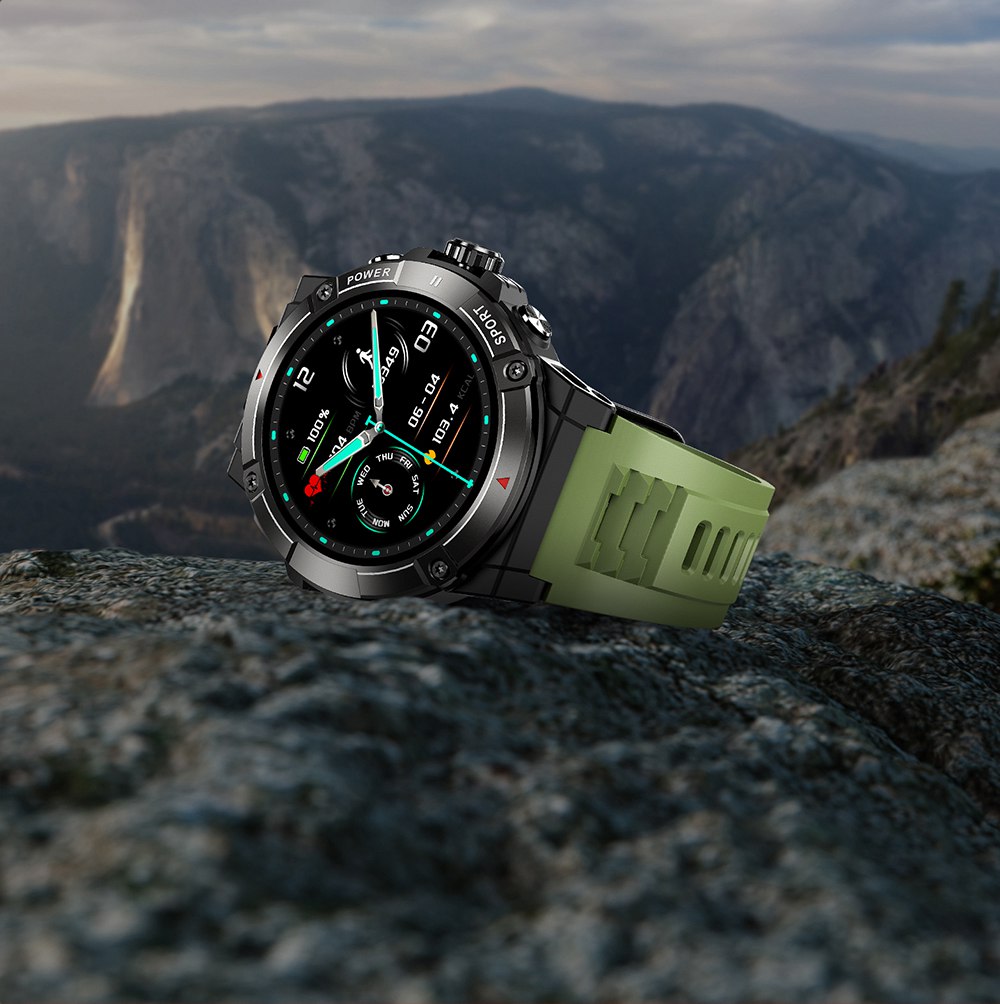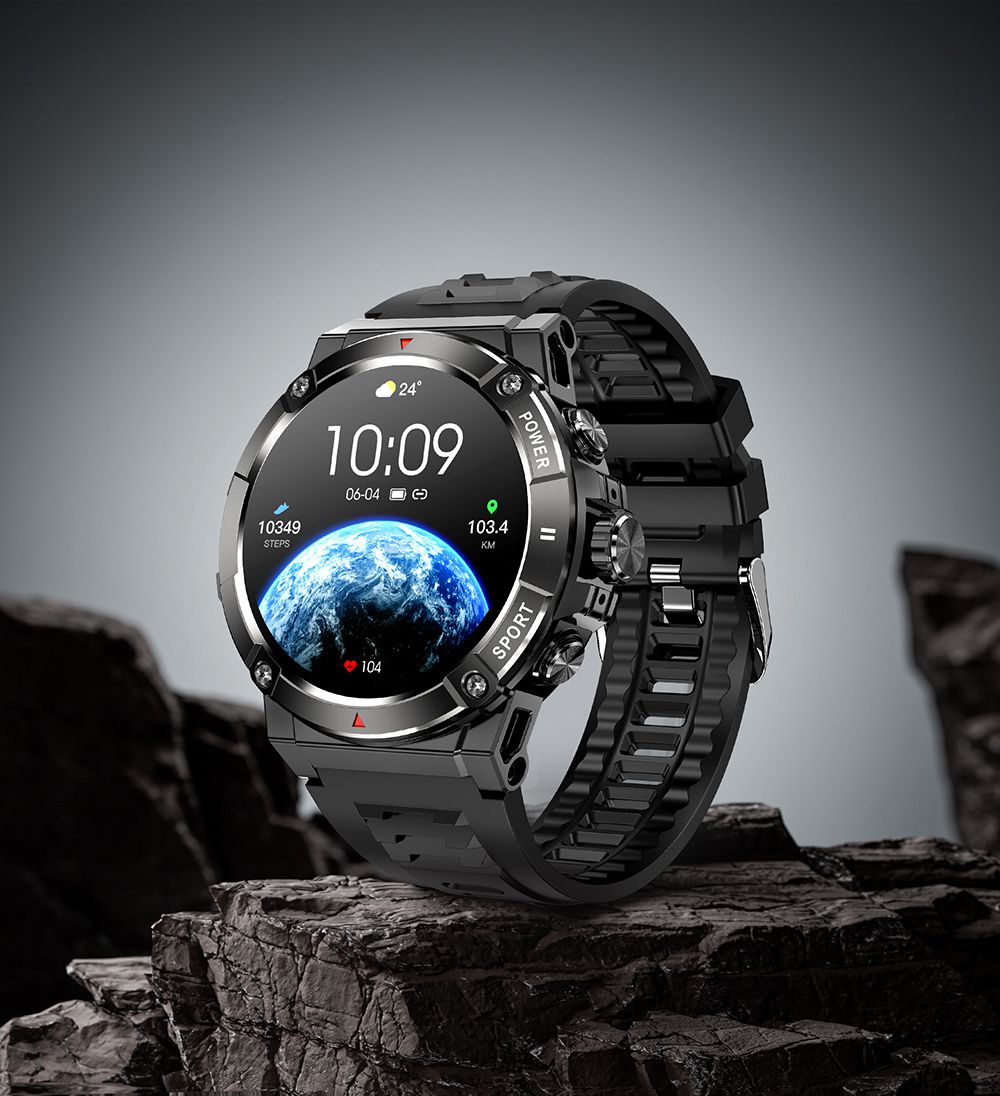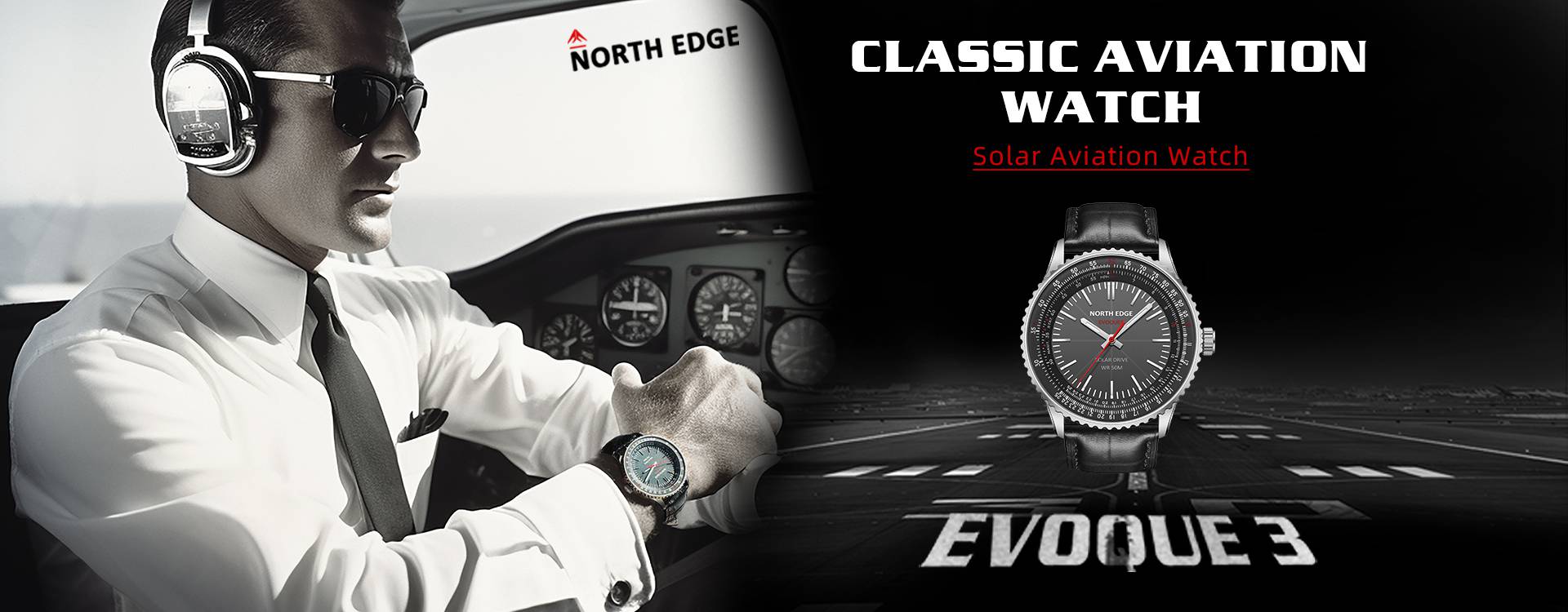Choose 10G SFP+ Optical Module
The 10G SFP+ optical module is a device that can be inserted into network equipment such as switches and routers to achieve 10Gbps high-speed data transmission. It can meet the demand for large-capacity and high-speed data transmission, and is very suitable for network environments that require fast and stable connections.
10G SFP+ Optical Module
| Part No | Description | Data Rate | Distance | Wavelength | Connector | Extinction Ratio | TX Power | Receiver Sensitivity | Specification |
| SFP-MM31TG-S2DC | 10G SR SFP+ 220m Transceiver | 10.3125Gbps | 220m | 850nm | Duplex LC | > 3.5dB | - 6.5 ~ - 0.5dBm | < - 10dBm | check |
| SFP-MM85TG-S3DC | 10G SR SFP+ 300m Transceiver | 10.3125Gbps | 300m | 850nm | Duplex LC | > 3dB | - 6.0 ~ - 0.5dBm | < - 10.5dBm | check |
| SFP-SM31TG-02DC | 10G LR SFP+ 2km Transceiver | 10.3125Gbps | 2km | 1310nm | Duplex LC | > 4.0dB | - 6.5 ~ - 0.5dBm | < - 14.4dBm | check |
| SFP-SM31TG-10DC | 10G LR SFP+ 10km Transceiver | 10.3125Gbps | 10km | 1310nm | Duplex LC | > 3.5dB | - 6.5 ~ - 0.5dBm | < - 14.4dBm | check |
| SFP-SM55TG-40DC | 10G ER SFP+ 40km Transceiver | 10.3125Gbps | 40km | 1550nm | Duplex LC | > 8.2dB | - 1 ~ + 2dBm | < - 15.5dBm | check |
| SFP-SM55TG-80DC | 10G ZR SFP+ 80km Transceiver | 10.3125Gbps | 80km | 1550nm | Duplex LC | > 8.2dB | - 1 ~ + 4dBm | < - 23dBm | check |
| SFP-SM55TG-A0DC | 10G ZR SFP+ 100km Transceiver | 10.3125Gbps | 100km | 1550nm | Duplex LC | > 8.2dB | - 1 ~ + 5dBm | < - 23dBm | check |
| SFP-SM55TG-A2DC | 10G ZR SFP+ 120km Transceiver | 10.3125Gbps | 120km | 1550nm | Duplex LC | > 8.2dB | 1 ~ 6 dBm | < - 25dBm | check |
Product customization

FIBERTOP strictly controls the quality of all products, including strict qualification audits of material suppliers, comprehensive quality management systems, and production process controls that comply with certification and safety standards. comply with industry standards and mainstream quality certifications such as ISO 9001, CE, RoHS, REACH, FCC, FDA, CB, UL, etc.

FIBERTOP provides after-sales service in strict accordance with Chinese Consumer Protection Law & Product Quality Law of the People's Republic of China. The defects liability period is provided for each product based on the materials, workmanship, frequency of use and service life. The return, replacement and repair services are as follows:

Tel : +8613316498100
Email : sales@fibertoptech.com
WhatsApp : +8615889305020
Factory Address : 3F, Building 3A, Jia'an Technology Park, No.67 Liuxian 1st Road, Bao'an District, Shenzhen, China.
Office Address: 1503, Building 2, COFCO Business Park, Xin'an Street, Bao'an District, Shenzhen, China.
